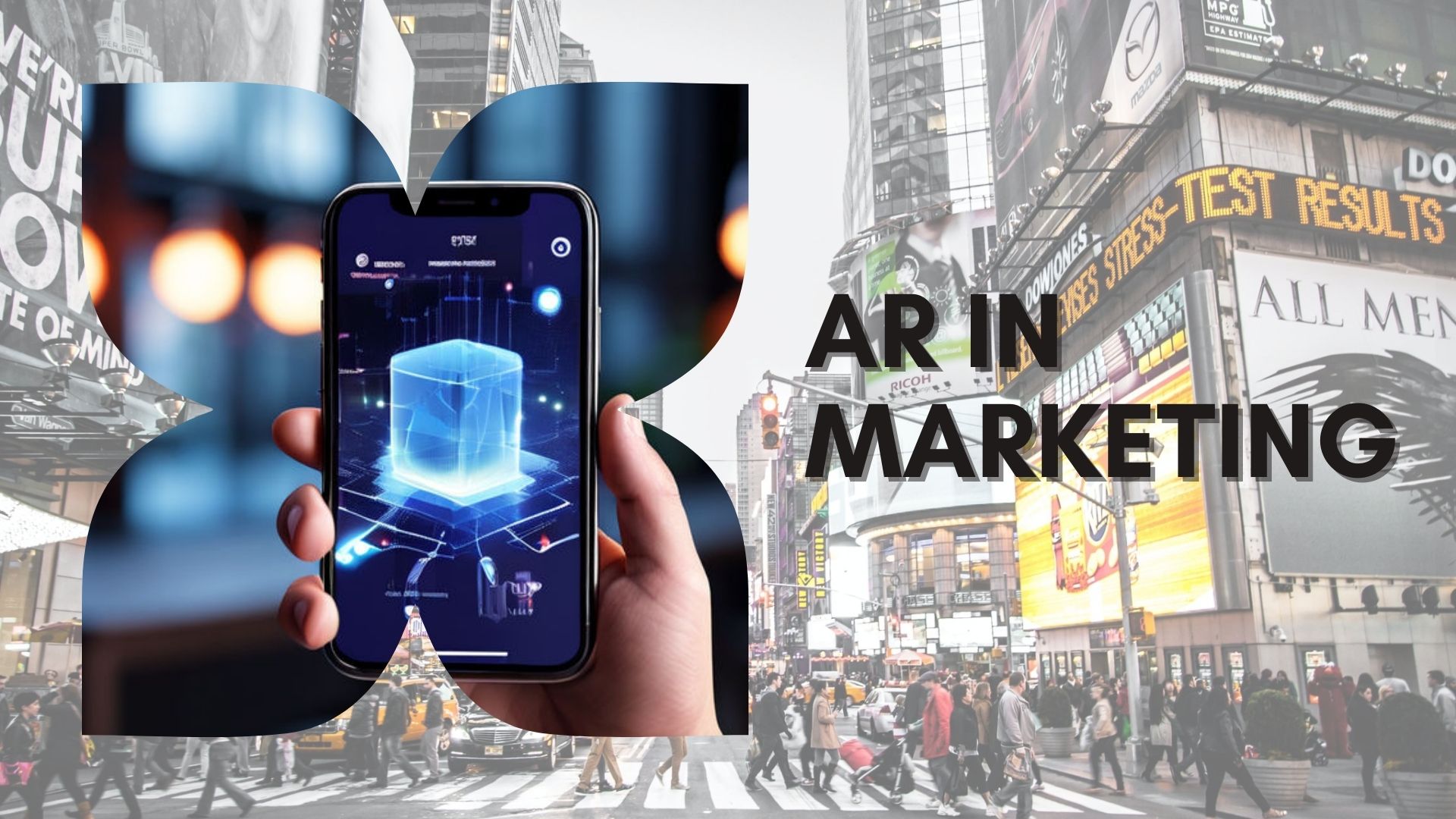
Depending on your background and awareness of augmented reality, what we are about to say may come as a major shock. You may want to take a breath.
Most people are under the assumption that augmented reality is only for gaming and social media.
Sometimes, the truth hurts.
Alas, just as Luke Skywalker had to face the fact about his father, we at Gravity Jack have decided to use the force and put an end to this misconception, once and for all.
If you think AR is all about face filters and Pokemon, don’t worry young Padawan…teach you we will.
First thing’s first. We, by no means, are seeking to dismiss the efforts of apps like Snapchat or Pokemon GO. Not only are these applications that we use ourselves, but they have done some truly amazing things with regards to the public awareness of augmented reality. Most notably, they have effortlessly brought AR to the masses.
When people ask for an example of what AR is, we often find ourselves using Snapchat as a great introductory example. We explain the face recognition (computer vision) component and how, once it knows where your face is, it can overlay artificial eyes, ears — really anything over the top.
Let’s be honest. Snapchat isn’t changing the world by helping medical students study how to perform brain surgery. It is however, morphing bearded men into some sort of mythological deer. Our professional opinion is that both are pretty darn entertaining, in their own right.

In all seriousness, let’s revisit the statement about medical students and brain surgery. Why? Because it’s the perfect example of what augmented reality is capable of. Even what it’s currently doing. Unfortunately, as celebrity ‘snaps’ flood cell phones everywhere, the more practical, industrial and educational applications of this technology often get overlooked.
Medical procedures like brain surgery are now getting more accurate than ever because students can easily strap on a headset (such as a HoloLens) and start learning how to operate on an augmented reality 3D image of a brain.
In this video, you will see that students at Duke University have already started integrating the use of AR to practice a very difficult and time sensitive form of neurosurgery.
Thanks to the advancements being made in AR, students can now be walked through practically any procedure imaginable — even seeing medical procedures come to life on top of a mannequin or cadaver (thanks to Adroit technology). This gives them the ability to work through and authentically learn the various scenarios of a surgery, without worrying about damage that can’t be undone.
Homework for medical students is all good and fine, but we want to think even bigger picture with the use of augmented reality in actual operating rooms. In the not so distant future, doctors will be able to wear a headset, scan body parts and have the ability to perform surgery with an increased level of precision and information. AR will take out any of the guess work involved with countless medical procedures, and turn it into an exact science.
Through one simple scan, doctors will have surrounding bones, nerves, etc… immediately identified with pertinent procedural details overlaid on the body. It will even have the ability to show them where to cut and at, precisely, what angle. Even though our description makes it sound like you might be able to start performing surgeries at home, rest assured, our industry expects AR to be an invaluable tool for already extremely capable professionals.
Not a medical student? There are plenty of things that augmented reality can allow you to do effectively in your very own home. We’ve got one word for you — IKEA.
We’ve all fought the do-it-yourself battle when we bring furniture home. Whether it’s those of us who skip over the instructions altogether or find it difficult to read the directions let alone hold them (while simultaneously trying to install a shelf), at the end of the day, the process has its flaws.

By strapping on an AR headset or even using a mobile device, this process will become far less stressful, more intuitive and drastically more efficient. It’s like having the world’s most efficient handyman in your living room, guiding you through tools, screws, parts, and order of operation!
Companies can simply upload their entire product lines into an app. The app will immediately recognize what product is being scanned, and can begin to walk a user through any process imaginable. For those of you who want to see what a piece of furniture looks like before you buy it, AR technology can help you there as well.
The list of potential use cases goes on, and we look forward to providing an in depth look at each, in our upcoming blog series!
Now, we know that some would like to debate these AR scenarios aren’t as exciting as catching the entire collection of Pokemon.
We would politely (of course) disagree.
There is no arguing that these scenarios are a more practical use of the power of augmented reality that will make nearly all of our daily lives more efficient. Even better? These use cases are being developed as we speak.
Gravity Jack’s Adroit is one of the most efficient augmented reality platforms on the market. Not only is it completely markerless, but any object can be trained just by capturing a video of it, or even uploading a 3D model. There are virtually no size, shape, texture or other limitations to what it can augment.
Sound awesome? It is! If you would like to see the major advancements Adroit in action head over to adroitar.com to watch our newly uploaded video!








